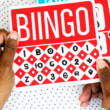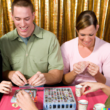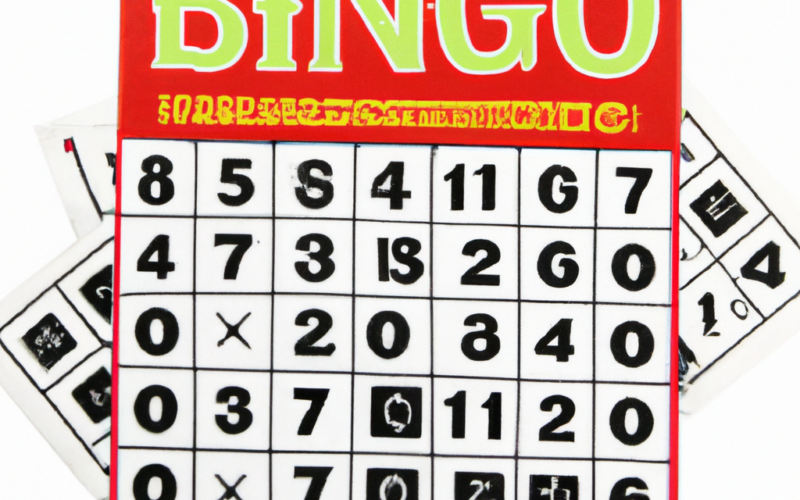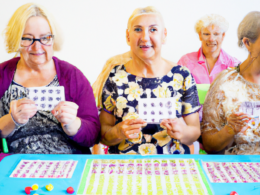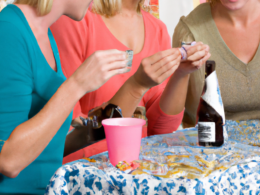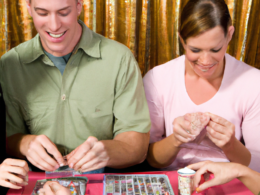A Bingo card has 48 squares. Each square has a number from 1 to 49. The object of the game is to fill in all the squares on your card by matching numbers from left to right and top to bottom.
If a number is already in a square, you can either pick up the number from the previous square or use one of the “free” numbers shown at the bottom of the card. Bingo cards are typically around 3 inches wide by 5 inches tall, with each square measuring about 1/8th of an inch.
Some people play Bingo as a social activity while others enjoy betting on who will win. Bingo halls typically have different rates for different numbers, so it can be helpful to know which numbers are given out more frequently.
For example, the number “13” is more common than “21,” so players who want to bet on that particular number might want to consider playing at a hall that specializes in that type of game.
Overall, it’s safe to say that cards at Bingo are generally quite inexpensive – typically costing around 50 cents per game. It’s also worth noting that bingo halls often offer special deals for players who spend a certain amount of time playing, so it’s always worth checking out their website before heading over.

